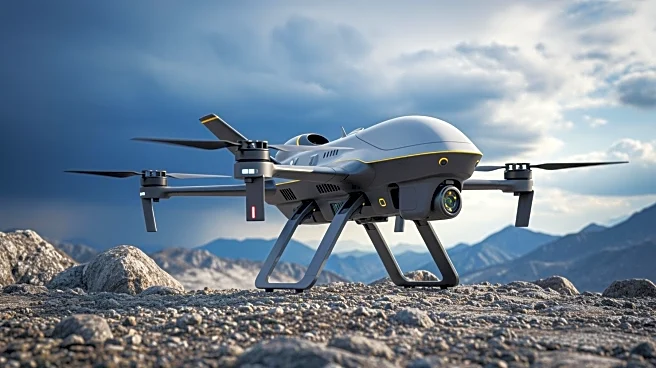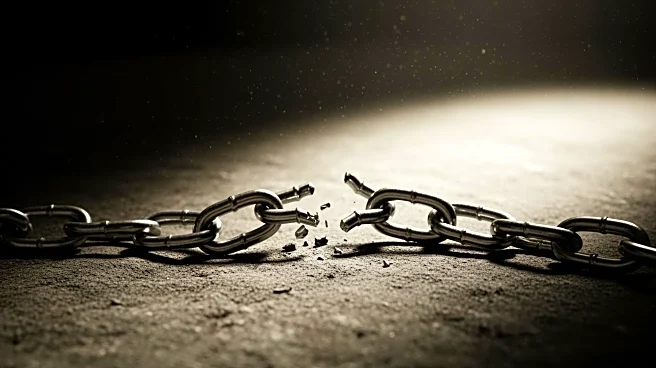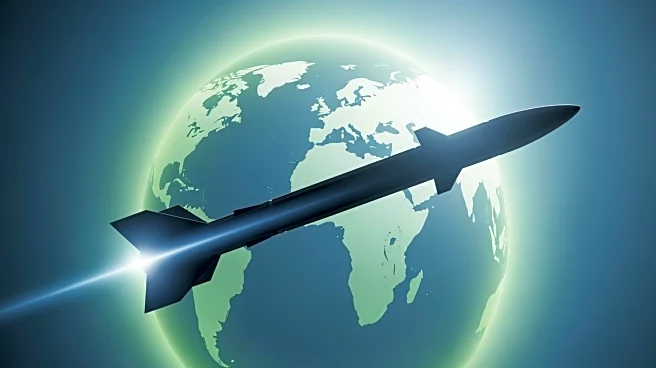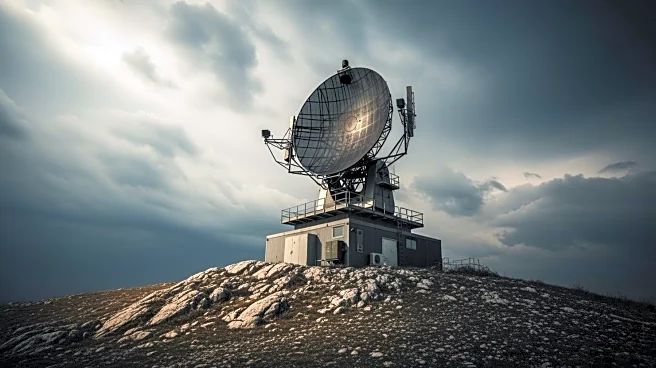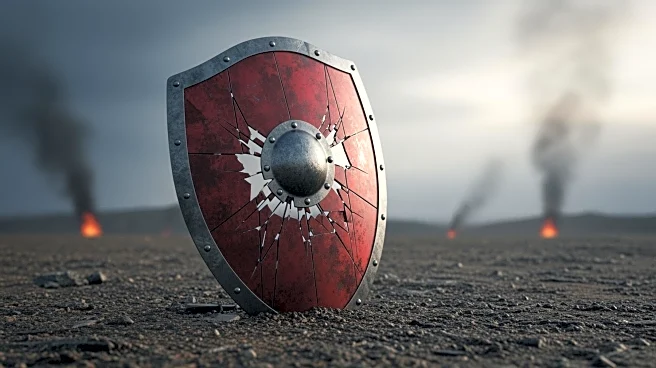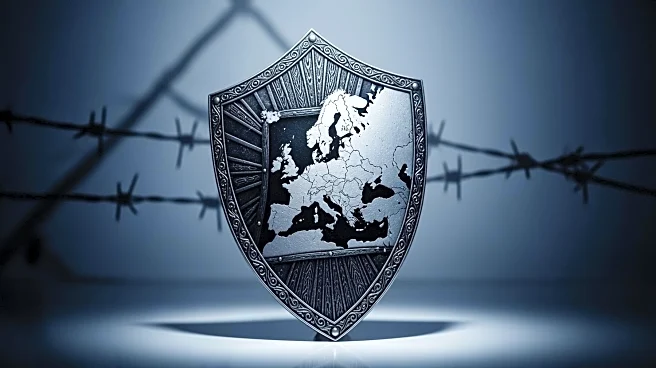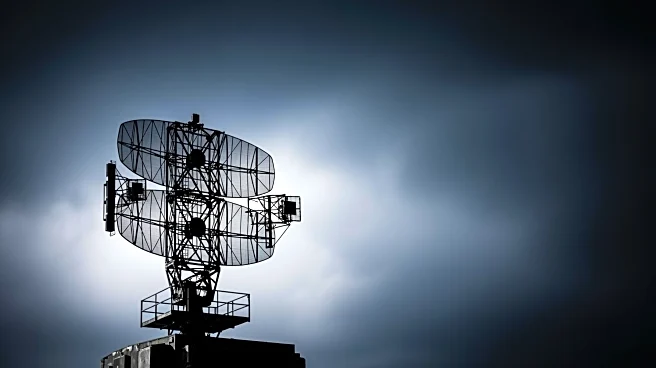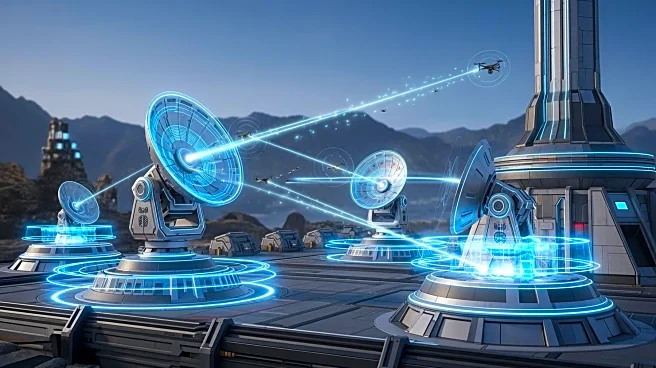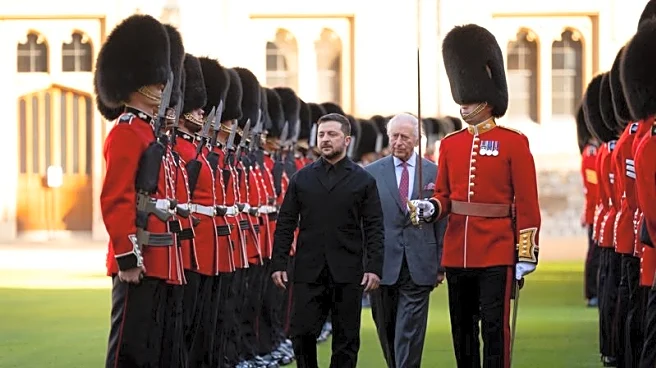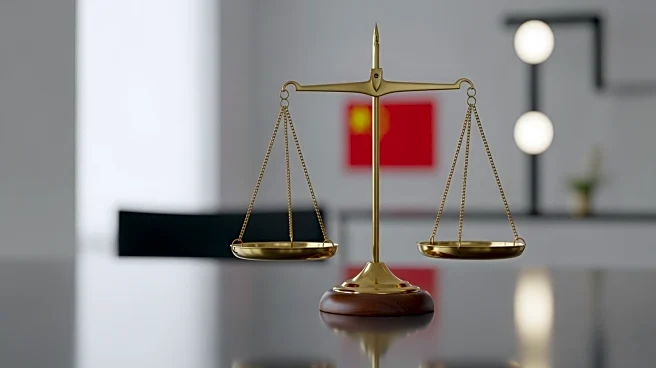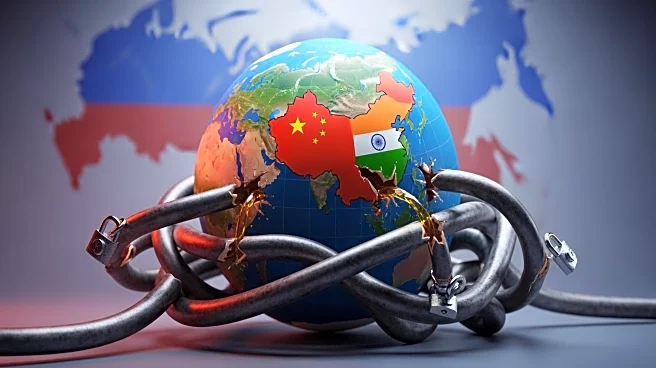What's Happening?
Estonian President Alar Karis has called for NATO and European allies to prepare for a 'different kind of war' in response to Russian aggression. This statement comes as Russia continues its military activities in Ukraine, which began in February 2022,
and has involved harassment of neighboring NATO countries, including airspace violations over Lithuania and Estonia. Despite these provocations, there has been no direct military action against NATO members, raising questions about Russian President Vladimir Putin's intentions. Estonia, part of the Baltic States, shares a border with Russia and has been vocal about the need for increased defense spending among NATO allies. The country has met the new NATO defense spending target of 5% of GDP, setting an example for other members.
Why It's Important?
The call for preparation highlights the ongoing tension between NATO countries and Russia, emphasizing the need for strategic readiness in the face of unconventional warfare tactics. Estonia's stance underscores the importance of collective defense and the challenges of maintaining unity among NATO members, especially regarding defense spending commitments. The situation affects U.S. foreign policy and military strategy, as the U.S. plays a crucial role in NATO's operations and defense initiatives. The potential for increased military spending and strategic shifts could impact economic and political dynamics within the alliance, influencing global security and stability.
What's Next?
NATO members are expected to continue discussions on defense spending and strategic responses to Russian actions. The U.S. and European allies may need to reassess their military commitments and readiness to address hybrid warfare tactics. Estonia's leadership in meeting defense spending targets could pressure other NATO countries to follow suit, potentially leading to increased military budgets and capabilities. The situation also calls for diplomatic efforts to manage tensions and prevent escalation, with ongoing negotiations and potential peace talks involving key stakeholders.
Beyond the Headlines
The situation reflects broader geopolitical shifts and the evolving nature of warfare, where traditional military engagements are supplemented by cyber warfare, misinformation, and other non-conventional tactics. This requires NATO to adapt its strategies and capabilities to address these challenges effectively. The emphasis on defense spending also raises questions about resource allocation and the balance between military preparedness and other national priorities. The ongoing conflict in Ukraine serves as a reminder of the complex interplay between regional conflicts and global security dynamics.
